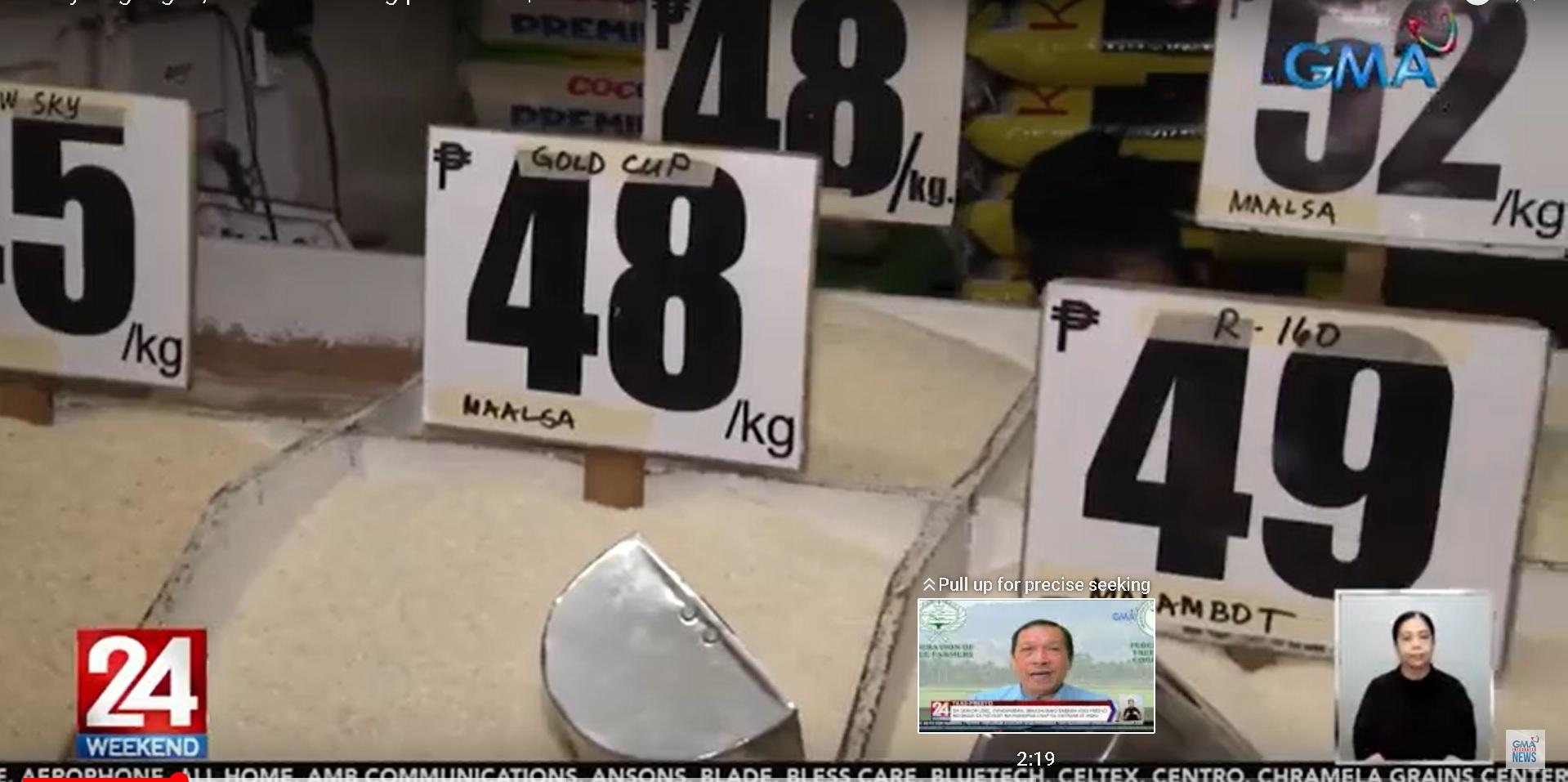Recto sees 20% drop in rice prices by September

Rice prices in the Philippines are expected to go down by as much as 20% in September due to an expected increase in production and the possible reduction in tariffs, Finance Secretary Ralph Recto said Tuesday.
Speaking before a panel at the Philippine Economic Briefing, Recto said rice prices could go down starting in the third quarter. Market prices currently range from P45 to P66 per kilogram for local commercial rice and from P49 to P65 per kilogram for imported commercial rice.
"With respect to the rice prices, I expect rice prices to go down by 20% maybe by September. This will entail: one, increase in production; and second, the (reduction) in tariffs," he said in Pasay City.
"The bigger problem would be on rice and that is something that we think we can have a grip on. We expect those to go down between July and September," he added.
The Rice Tariffication law (RTL), which took effect on March 5, 2019, allows unlimited importation of rice as long as private sector traders secure a phytosanitary permit from the Bureau of Plant Industry and pay the 35-percent tariff for shipments from neighbors in Southeast Asia.
Signed into law by former President Rodrigo Duterte, the law earmarks P10 billion for the Rice Competitiveness Enhancement Fund (RCEF), of which P5 billion will be allotted to farm mechanization and P3 billion to seedlings. The fund intends to ensure that rice imports would not drown out the agriculture sector and rob farmers of their livelihood.
"Maganda 'yung hating kapatid (It would be nice to divide it equally), 17.5%—could be 20%. I leave that to the Secretary of Agriculture first to discuss with his constituencies di ba, kailangan may hearing 'yan eh (a hearing is needed for that). There are about 3 million farmers and 115 million consumers or 112 million, so good balance should be [achieved]," he said.
Recto earlier in May said he was backing proposed amendments to the RTL, particularly allowing the National Food Authority (NFA) to buy and sell rice during emergencies. The DOF is now looking into the proposed amendments.
In its latest report released this month, the United States Department of Agriculture (USDA) projects the Philippines to remain the world's biggest importer of rice in 2025, with 4.2 million metric tons (MT) of imports. — VDV, GMA Integrated News




